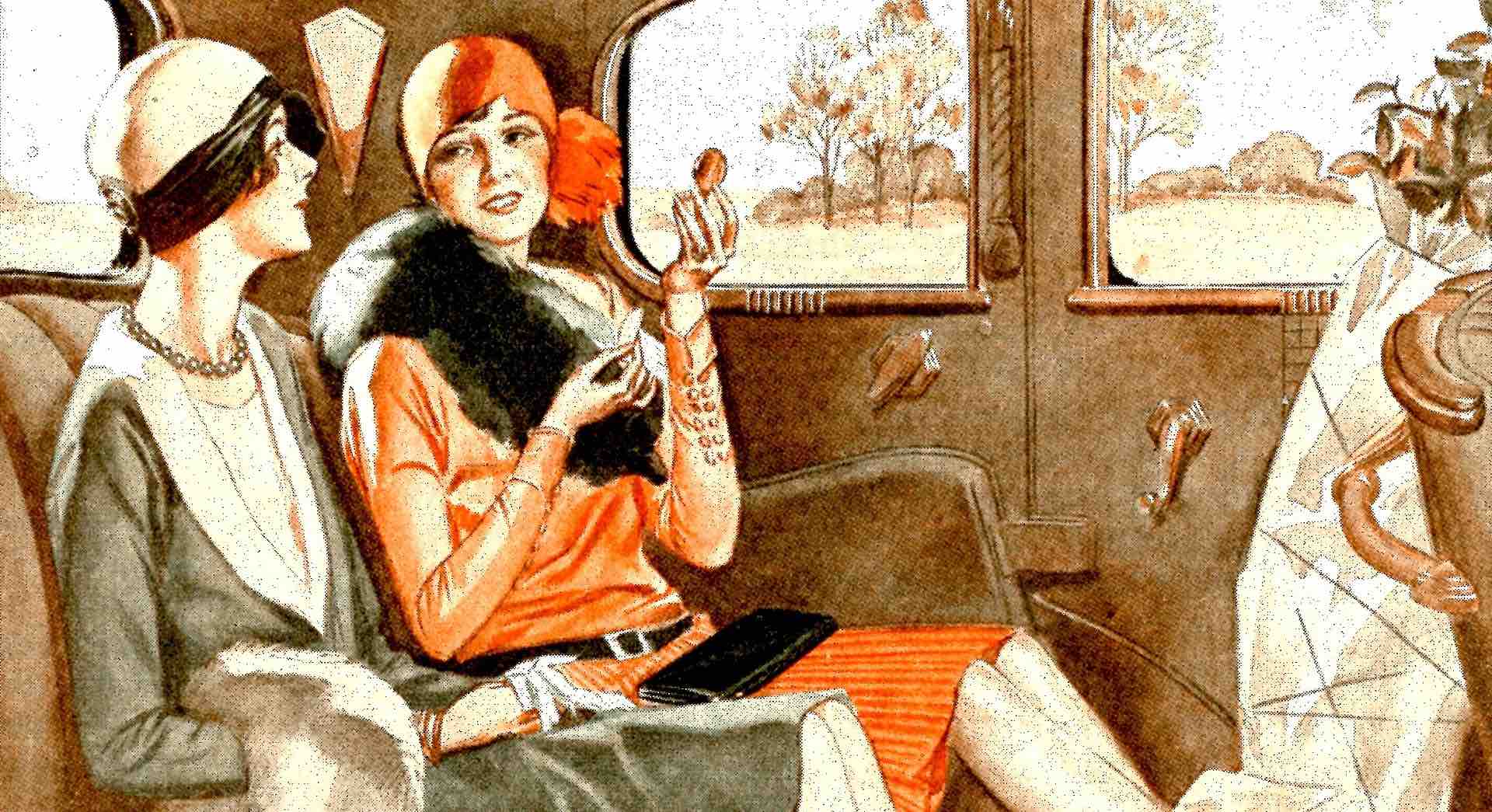The blatant consumerism of the Roaring Twenties
The 1920s might be 100 years ago, but just like the 2020s it was a period of technological change. Access to electricity became more common resulting in the introduction of exciting (we use the word loosely!) household appliances, such as the vacuum cleaner, washing machine and fridge; radio took on a life of its own; and finally you could get more than one extension for your telephone!
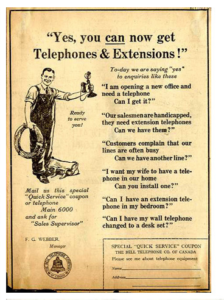
And with these changes came something else; an increasingly sophisticated advertising industry which sought to play on consumers’ emotions to encourage them to buy things they really didn’t need. You could say advertising in the 1920s was the start of the world of instant gratification we are all familiar with today.
You are what you buy
The end of the First World War meant people had more money to spend and a yearning to own nice things with many equating personal success with material goods – a concept advertisers did nothing to dispel. In fact, by 1929 American companies were spending close to a whopping $3 billion on advertising compared with a mere $700 million in 1914.
But brands also realised that if they really wanted to drive sales, simply informing customers about their products was no longer good enough. Instead, they had to persuade consumers to buy their products and break down those attitudes of self-denial that had been fostered during the War. They did this by tapping into the desire to be happier, wealthier, more attractive and more popular, and they did it in style.
Lucky Strike suggested smoking will keep you ‘slender’, Listerine focused on how bad breath makes you unpopular, while a soap suggested fat men could wash fat away!
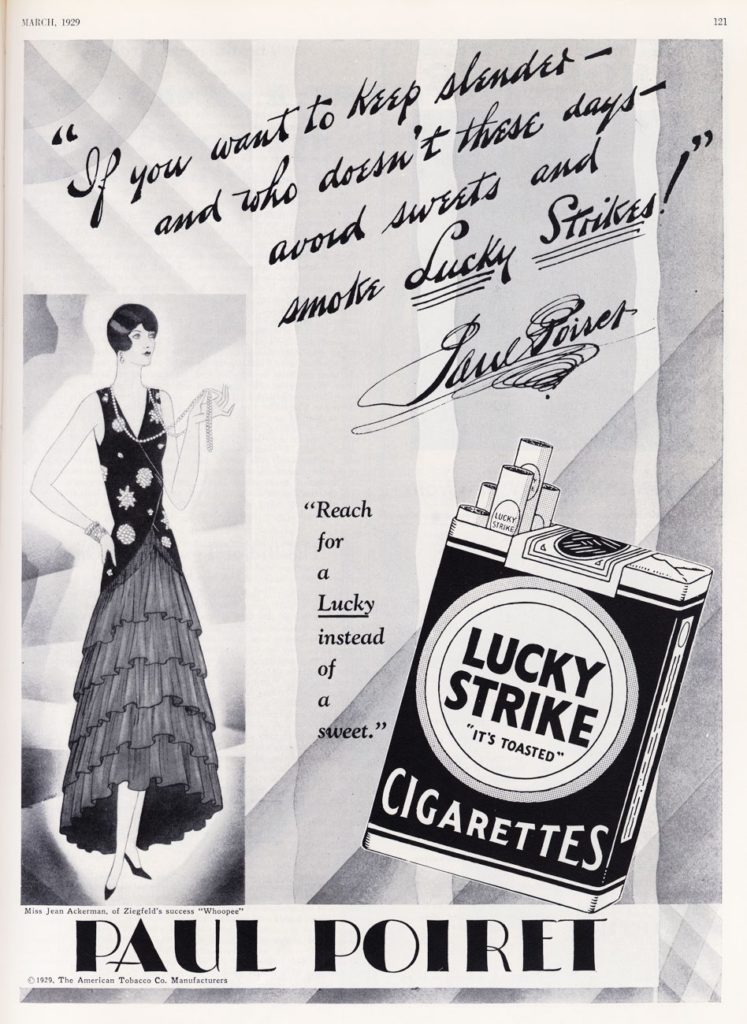
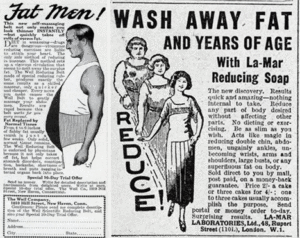
The persuasive advertising campaigns of the 1920s were very much the start of advertising as we know it today, but thankfully, given this 1923 ad for a housing development where all residents are ‘all of the White or Caucasian race’, nowadays we’ve got a few more regulations in place to keep advertising in check.
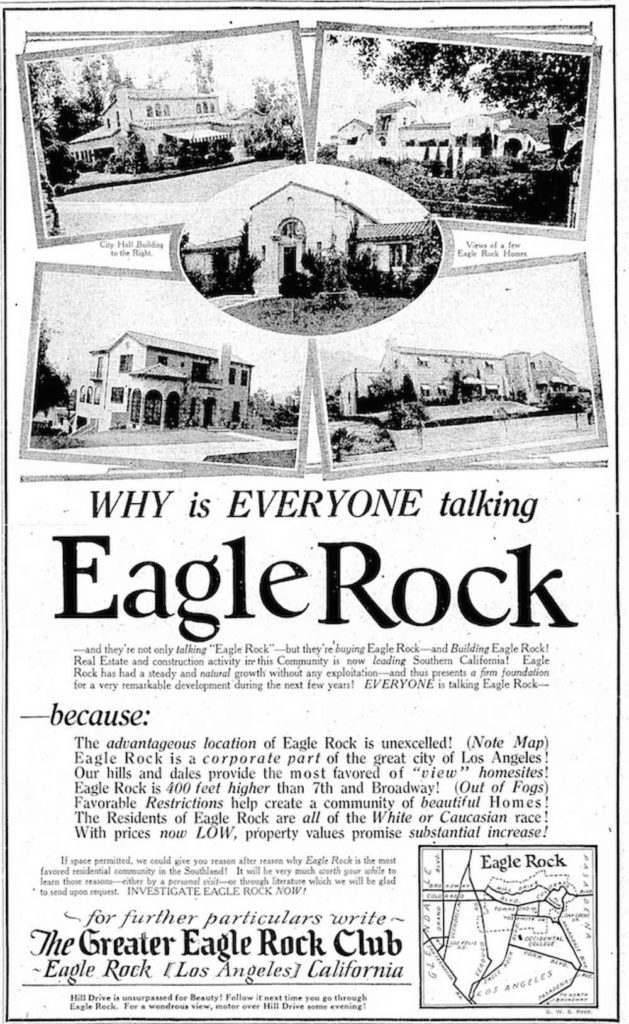
Advertising opportunities abound
The 1920’s mass consumption in cars, household appliances and processed foods was fuelled by the growing number of advertising opportunities available.
As more people started to buy magazines and newspapers it offered brands the perfect way to connect with their target audiences. Newspaper ads tended to be small, black and white affairs but offered good opportunities for grocery stores who were one of the first to make the most out of daily advertisements by promoting special sales and weekly food prices.
Meanwhile magazines, such as the Ladies’ Home Journal, Woman and Home and Time saw a rise in the number of colour ads as brands tried to find a way of standing out from the competition. Coca-Cola was one of those brands, with a series of ads which also played out over outdoor billboards.
Billboards had been around since the 1830s, but with motoring becoming more affordable and more roads being built billboards starting to pop up on roadsides as well as on buildings. In fact, the 1920s saw New York’s Outdoor Advertising Company, become the first outdoor advertising company to be listed on the New York Stock exchange.
Neon signs were introduced in 1923, making it easier to advertise products at night; commercials started to appear on cinema screens and even department stores got in on the act by hiring professional window dressers to present their wares in a more appealing and eye-catching way.
The media star of the 1920s
But the real star of 1920s was radio advertising.
At the beginning of the decade, radio was still in its infancy, but as broadcast signals started to reach further and the first affordable radio sets were produced, it offered a way of being able to communicate with a much wider and more diverse audience.
Initially, advertising was banned, as it was felt it should be a public service, free of commercial advertising and unsurprisingly the magazine industry felt the same way given the potential impact it could have on their advertising sales. This status quo lasted until 1973 in the UK, but not so in America.
Realising radio was this great new technology, which could educate, inform and entertain, but also needing to find a way to fund all the new content (internet anyone?!), the American Telephone & Telegraph Co. created WEAF, a toll station. If a company wanted to broadcast something, they simply had to pay a small fee for the privilege.
In 1922 the first commercial ran. It was for Queensboro Corporation who promoted apartments for sale in New York. A number of apartments were sold, radio advertising was proclaimed as a huge success and within a year, YMCA, and Macy’s were buying advertising space.
The changing face of advertising
Probably the most telling thing about the 1920s was that advertising for the first time really came into its own. Advertising was now becoming as big an industry as those industries making the products and with an influx of competition and advertising options, identifying the most effective methods to advertise was tantamount.
Marketing became a conscious business strategy and saw agencies set up marketing departments to work on new advertising strategies and hire psychologists, including Sigmund Freud’s nephew, Edward Bernays ‘the father of public relations’ to help them design marketing campaigns. This resulted in more emphasis being placed on creating brand identities and memorable slogans such as Maxwell House’s ‘Good to the last drop’ Camel’s ‘I’d walk a mile for a Camel’ and the famous ‘It’s toasted’ from Lucky Strike.
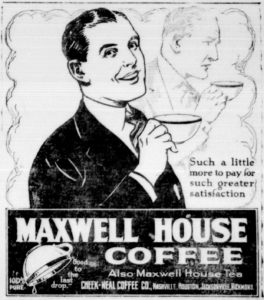
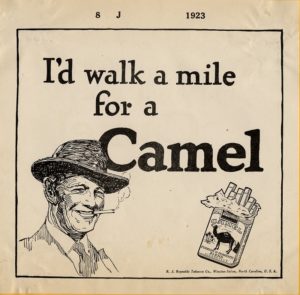
Brands also started to use celebrities including movie stars, sports stars and other famous figures such as Amelia Earhart to endorse their products.
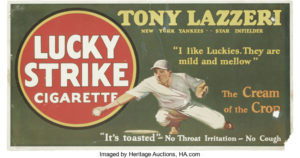
Another element of 1920s advertising was the sheer beauty of some of ads. Some started to reflect the art deco influence, including this one for men’s hosiery
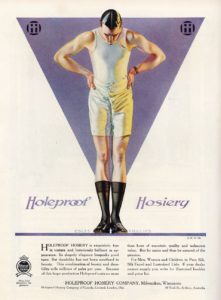
while others went for simplicity, a growing trend of the times as this ad demonstrates.
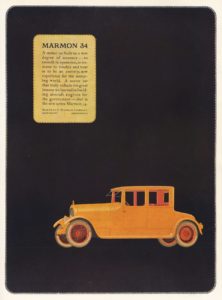
Others just went for something that looked good but made absolutely no sense. Can anyone tell us what an elephant has to do with tyres!
What is remarkable about the 1920s is that it shares so many synergies with today. From technological advances, trying to get the grips with new advertising opportunities to dealing with events that would go on to define the world we live in. It’s amazing how little has changed in the last 100 y
